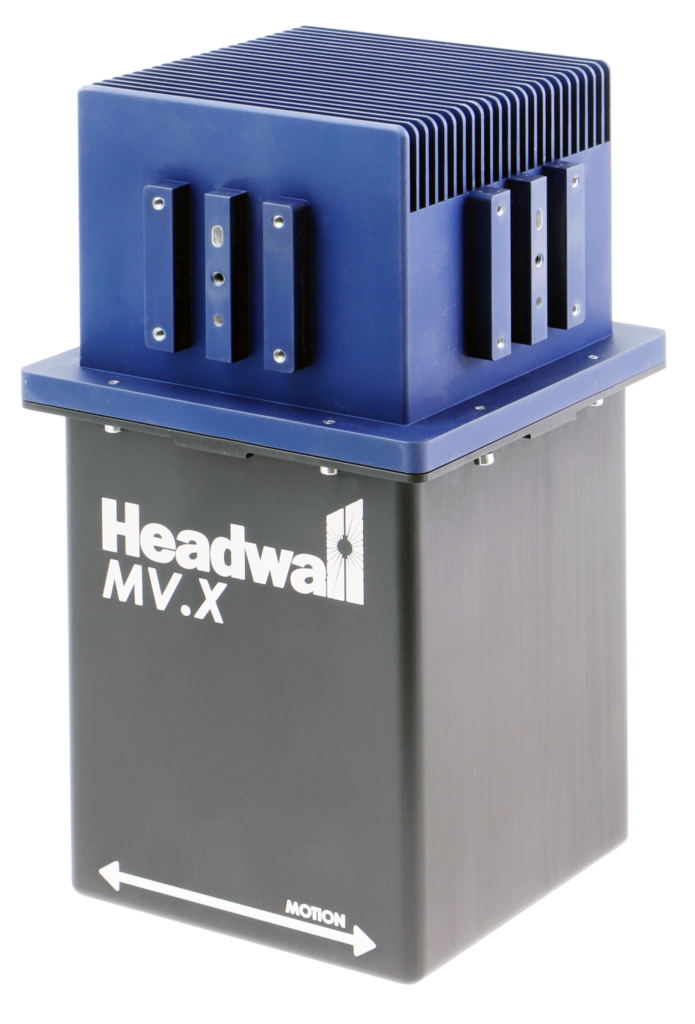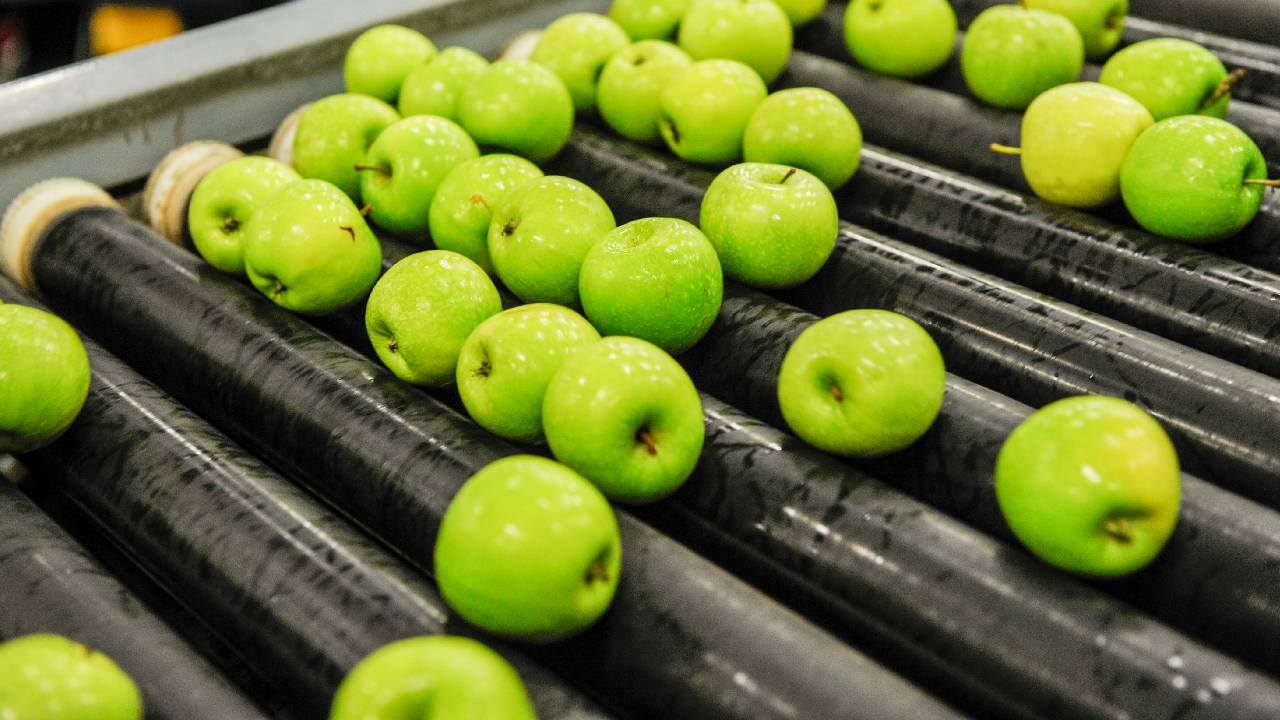Hyperspectral Imaging In The Food Industry
While quality control is a major consideration for every production business, it is a particular concern in the food industry. Here, even slight changes in colour and chemical make-up can have a major impact on quality and, most importantly, saleability. There is also a significant risk of contamination which, if undetected, can have incredibly serious consequences.
As such, food quality inspection is a critical part of processing activities, helping identify impurities and removing any foreign objects. However, this has traditionally been quite a labour intensive activity, requiring multiple operators to manually monitor the produce. It has also been somewhat limited, as the human eye can only spot so much, particularly on a fast-moving conveyor belt.
However, hyperspectral imaging is revolutionising how we approach food quality inspection. In this article, we take a look at what this technology is and how it works. We will also explore the benefits it can provide and how it is being used within the food industry.
What is hyperspectral imaging?
Put simply, hyperspectral imaging is a way of discovering more detail than is visible to the naked eye. Basic imaging technology (like a digital camera) mimics the eye by recording light in the Red, Green, and Blue (RGB) spectrum. But hyperspectral imaging takes this several steps further, capturing light in many different spectra, covering a wide range of wavelengths.
As a result, the picture recorded by hyperspectral imaging technology reveals much more about the product being scanned. This includes the subtle variations in colour, size, and shape that often indicate bruising, blemishes, or other impurities. It also includes the product’s chemical make-up, like its water and sugar content, protein and fat content, and pH level.
Inspecting food quality with hyperspectral imaging
When set up correctly, machine vision is far better at spotting inconsistencies than even the most highly trained eye. Hyperspectral imaging can also detect quality issues that would normally require a sample to be tested in a lab. These tests usually destroy the produce and can take hours, if not days, to carry out.
This means that hyperspectral imaging can make monitoring food quality much quicker, easier, and more accurate. The technology can also be designed to suit a variety of uses and tailored to fit different operational set ups. And, while hyperspectral imaging equipment was previously very expensive, recent advances have made it a lot more affordable and accessible.
What foods can hyperspectral imaging be used on?
While almost any food can be inspected using hyperspectral imaging technology, it is better suited for use on certain produce. For example, it is quite effective at analysing the ripeness and water content of fruits like apples and most berries. It can also detect the dry matter content of avocados in real-time, without damaging the skin.
Hyperspectral imaging can also be used to inspect the quality of meat products. For example, it can measure the pH of beef (which affects colour) and even predict how tender it will be. It can also be used to monitor the levels of harmful bacteria, like E. coli and salmonella, in chicken.
However, some systems will be less suited to analysing small grains, like rice and certain cereals. This is usually because the camera resolution is too low to identify individual grains, particularly on a fast moving conveyor belt.
Examples of how hyperspectral imaging is currently being used for food quality inspection
While the technology itself is not particularly new, hyperspectral imaging is a relatively new approach for food quality inspection. As such, its use is becoming more widespread and there are new and creative applications being trialled all the time. However, at least for now, this technology is being used for two main purposes.
Detailed analysis of food quality
More than simply assessing how produce looks, hyperspectral imaging can actually analyse its quality. This means checking everything from water and sugar content, or protein and fat content, to identifying mould and other contaminants. It also means identifying which pieces of produce are ripe and ready to sell, and which may need more time.
As such, this technology can help sort large volumes of produce by quality or grade. It can also support decision making about how certain produce is best used to increase marketability and maximise profitability.
Detecting contaminants and foreign objects
The speed and accuracy of hyperspectral imaging also make it great at spotting anything that does not belong. This could be bits of foreign material (plastic, metal, glass, etc.) that have made their way onto the production line. Or, it could be remnants of other produce left on the line from previous runs.
Being able to identify and remove these unwanted extras helps maintain the quality of the produce. It also helps minimise the risk of harmful materials making it all the way to the consumer. To assist with this, some facilities are integrating their hyperspectral imaging system with robotic sorting arms or jet blast nozzles.
Benefits of hyperspectral imaging for the food industry
There are several reasons an increasing number of food producers are choosing to invest in hyperspectral imaging technology. Here are the three top advantages such a system can provide.
It enables non-invasive, real-time food quality inspection
The biggest benefit of hyperspectral imaging is that it allows you to see things that are invisible to the naked eye. Best of all, it does this without needing to cut produce open or damage it in any way. And, it can all be done on the production line, with produce scanned as it travels along a conveyor belt.
It is more accurate and efficient than traditional food quality inspection methods
When produce is manually inspected, the definition of “quality” is open to interpretation and there is the potential for human error. But when you use hyperspectral imaging, quality parameters are set and consistently enforced by the technology. And, if it is maintained correctly, the system will require little-to-no downtime, which can help increase throughput.
It can help reduce wastage and lost profit
As hyperspectral imaging can measure quality without damaging the produce, there is no need to sacrifice samples for testing. Also, being able to accurately assess quality makes it easier to decide how produce is best processed. This, in turn, increases the consistency of the product provided to consumers and reduces the risk of in-store wastage.
Want more information?

The Hyperspec MV.X is an industry leading hyperspectral imaging system. It combines a high-performance spectrometer with powerful embedded computing to give you actionable results in real-time. With this tool, you can harness the hyperspectral imaging technology that is revolutionising the food industry.
For more information on hyperspectral imaging technology and how it is being used in the food industry, contact us today.
